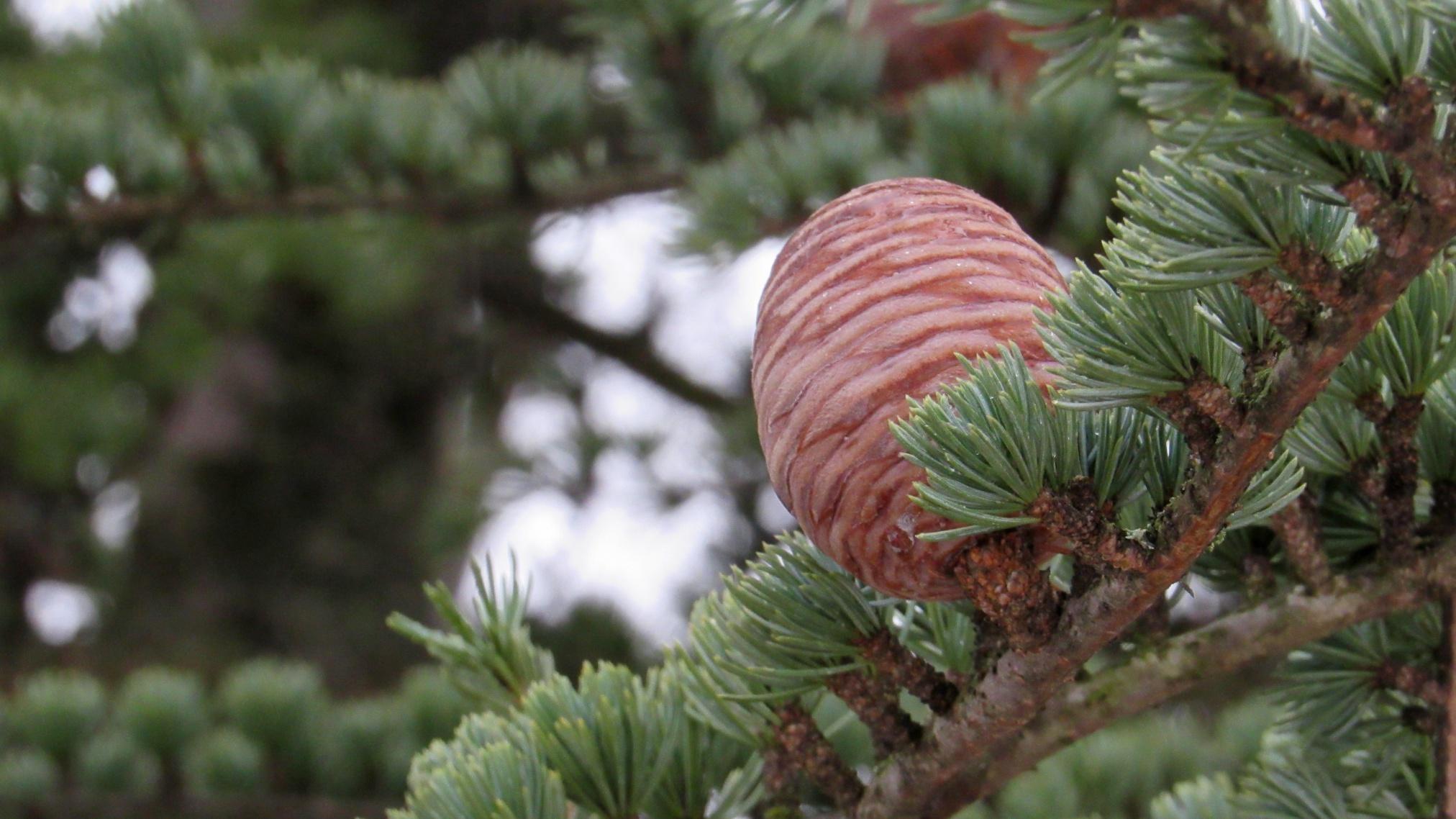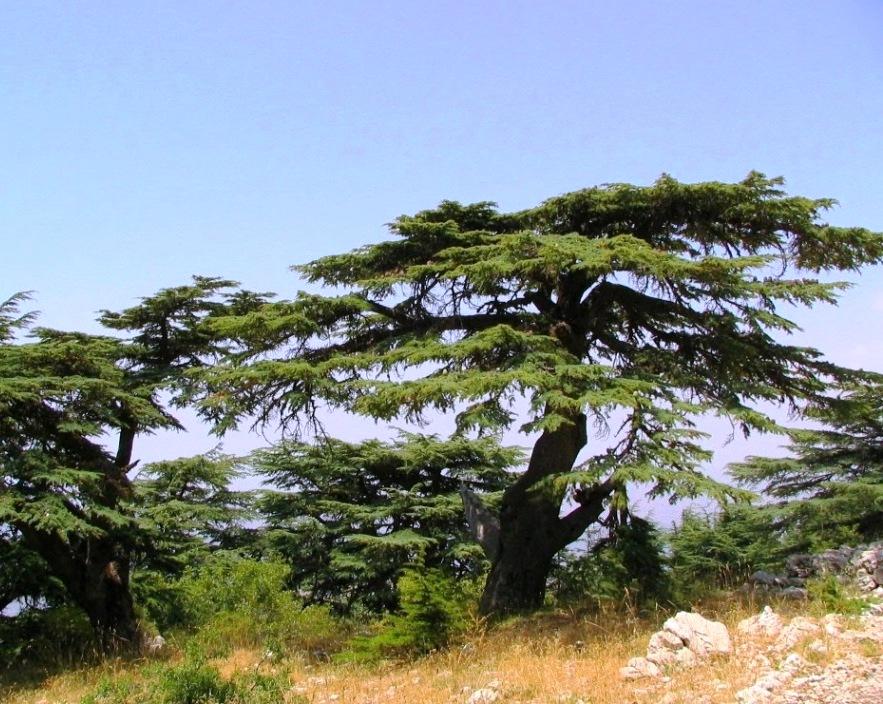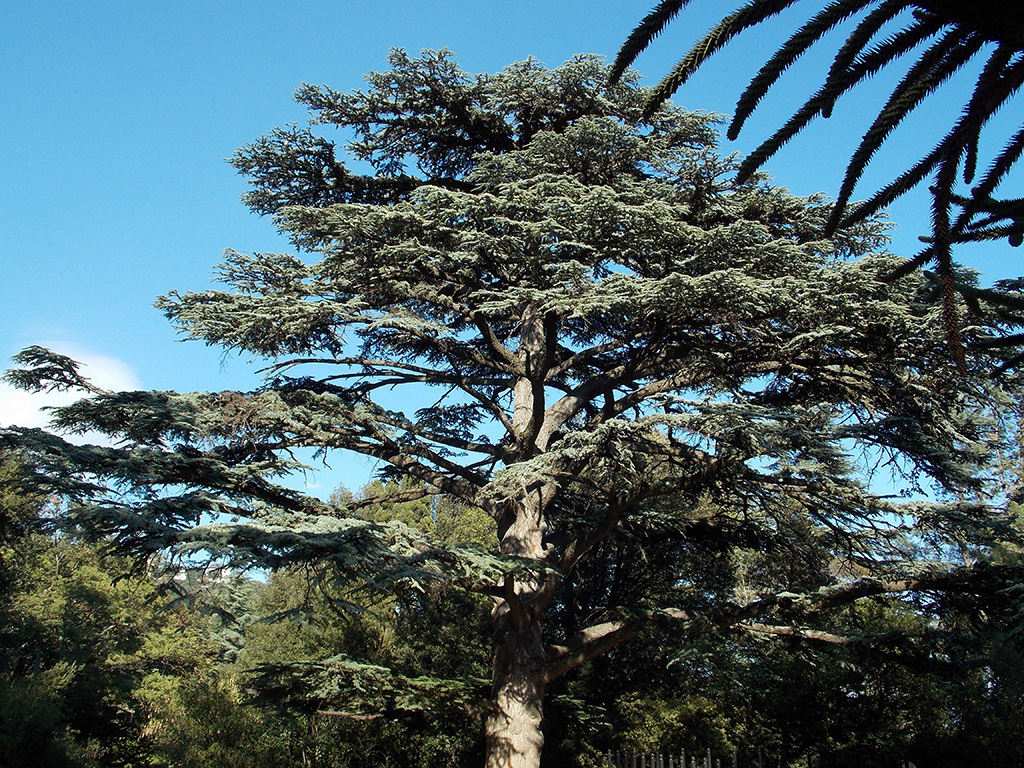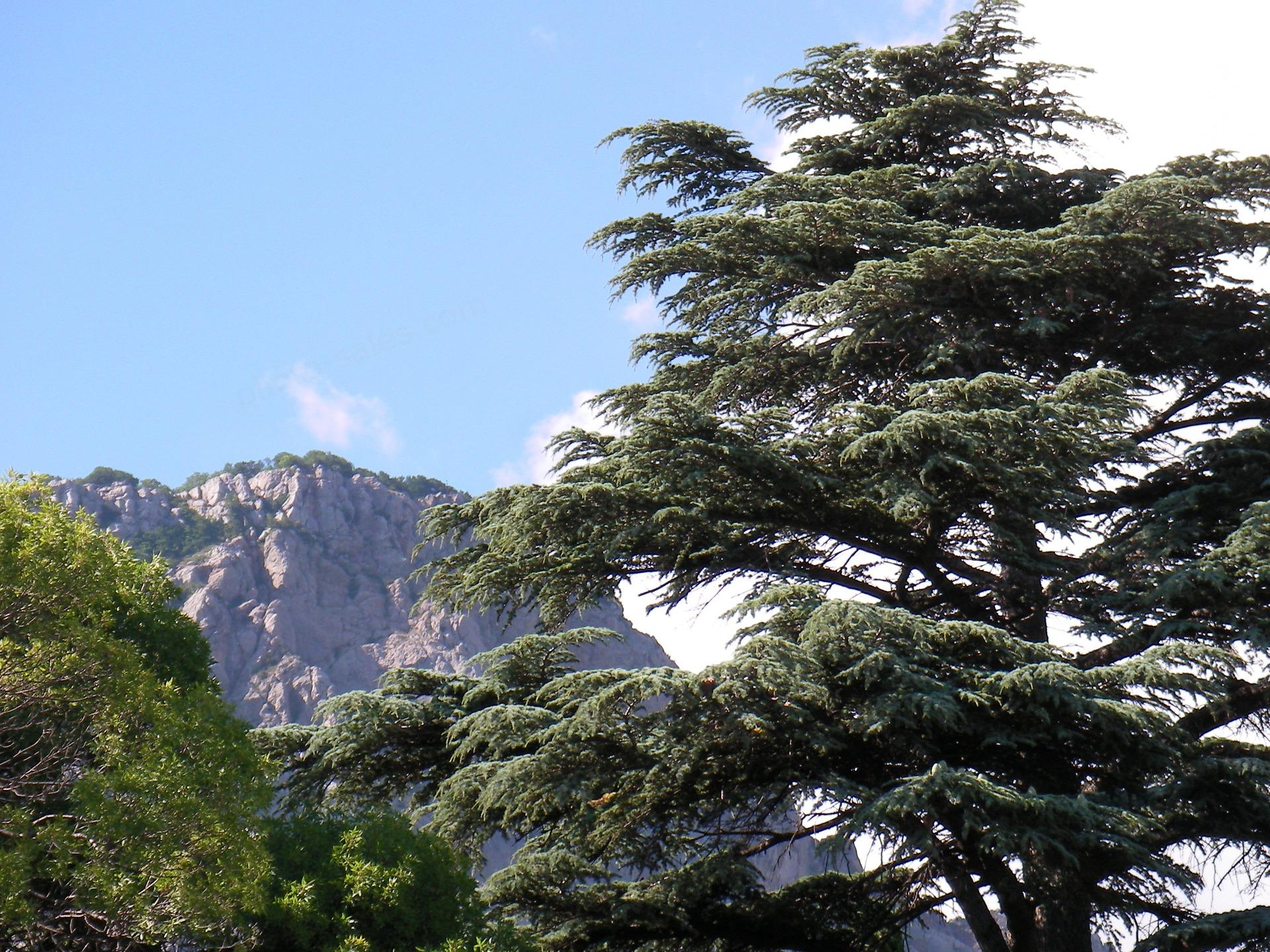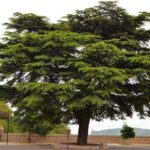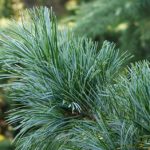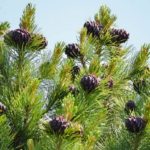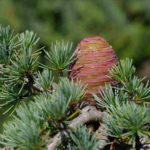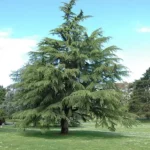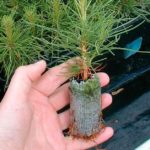Crimean cedar is a very interesting crop that develops well in the southern climate. This plant has excellent decorative properties, which is why it is often used to decorate garden plots, parks and alleys. To successfully grow this conifer, it is important to choose the right place for planting. Compliance with basic agrotechnical recommendations is of no small importance.
What breed is this
Lebanese belongs to the Pine family. This culture is considered relict in botany.This means that it has reached the present day from a previous geological era. Currently, there are only 4 species of such cedars on Earth. Moreover, the number of wild varieties decreases every year.
Under natural conditions, Lebanese cedar reaches a height of 50 meters. Moreover, the diameter of its trunk can be 2-2.5 meters. The tree is distinguished by thick and dense bark, which has a dark gray color. At the same time, its structure is similar to scales.
Cedar has a conical multi-tiered crown. The upper part has a slightly flattened shape. Therefore, from the side, the crown looks like a huge umbrella, the diameter of which is 25-27 meters.
Lebanese cedar is characterized by fairly hard needles of a bluish-green hue. In some places it has a smoky blue color. The needles are tetrahedral in shape and up to 4 centimeters long. All needles form bundles of 25-35 pieces. At the same time, every couple of years the greenery is renewed.
The tree is characterized by barrel-shaped cones of a dark brown hue. They reach 10-12 centimeters in length and 4-6 in width. Inside there are small seeds measuring 15-18 millimeters. They have thin wings, due to which they are carried by the wind over considerable distances. Fruiting occurs twice a year. In this case, cones appear only on trees older than 25 years.
The conifer also has unusual wood. It has a specific aroma, high strength and a slight reddish tint.
Crimean cultivated cedars
In Crimea, Lebanese cedar has long been used as a park species. Relict plants adorn the Nikitsky Botanical Garden. Moreover, they were planted there back in 1826.
The most promising varieties that have managed to adapt to Crimea are Lebanese, Atlas and Himalayan cedars. They became widespread from Kerch to Sevastopol. However, Crimean cedar has lived in this area for literally 150-200 years. This is due to not very favorable soil nutrition conditions.
The distinctive features of other cultivated varieties of cedar include the following:
- Himalayan - distinguished by long and thin needles measuring up to 5 centimeters. The plant has a low crown and hanging shoots. The culture also has fairly large cones.
- Atlas - has hard bluish needles, which are distinguished by a cone-shaped shape. The crown is placed in the form of floors.
Siberian cedar pine is also often called cedar. However, it is distinguished from real cedar by its edible fruits, which are characterized by excellent taste. The ripening of cones is observed every 2 years. This occurs between mid-August and early September.
How to store pine nuts
Storing pine nuts depends on their variety. They can be shelled or shelled, raw or fried. Taking this into account, the storage method is also chosen. Raw shelled nuts can be kept in the refrigerator or freezer. In the first case, they need to be placed in a glass container, tightly closed with a lid and put in the refrigerator. Under such conditions, the product will retain its properties for a maximum of 3 months.
To store nuts in the freezer, they must be placed in a special sealed freezer bag.In this case, it is important to extract as much air as possible from there, close it and put it in the chamber. In such conditions, nuts can remain for about six months.
Roasted shelled nuts can be stored for a maximum of 3 days. After this time, the product will develop an unpleasant rancid odor.
Pine nuts are also stored well in cones. To do this, you need to place them in a canvas bag, tie it tightly with a rope and hang it in a dark and cool place. Under such conditions, the product retains its properties for a maximum of 3-4 months. If there are no small rodents in the house, pine cones can be kept in cardboard boxes.
In addition, pine nuts are often sold in shells. In this form, they can be kept in a canvas bag or in a glass container. This should be done in a dry and cool place - away from sunlight. The shelf life of this product is 4-5 months.
Tree propagation method
Crimean cedar can be propagated in a variety of ways. Most often this is done by cuttings.
Search for cuttings
It is recommended to harvest cuttings from the beginning of April to the end of May. During this period, the tree awakens from winter and is filled with tree sap. It is recommended to harvest cuttings early in the morning. Annual shoots should be plucked by hand rather than cut. In this case, part of the mother branch should remain on the cutting, which will help speed up the rooting process. The size of the shoot should be 5-15 centimeters.
Storing shoots
After collecting the branches, they need to be provided with suitable storage conditions. To do this, it is recommended to place wet moss at the bottom of a plastic bag and place the cuttings there. Before planting in the greenhouse, the shoots should be kept in a cool place. This is done at a temperature of +1-2 degrees.Cuttings can be stored for a maximum of 1 week.
Before planting in the greenhouse, the planting material must be treated with a special agent. “Kornevin” and “Ukorenit” are suitable for this purpose.
Rooting cuttings
To root cuttings you need to do the following:
- Prepare boxes with loose soil. To do this, you need to mix sand, coniferous soil and high-moor peat in equal parts. Make holes in the resulting substrate at intervals of 10 centimeters.
- Place the prepared branches into the soil, deepening them by 3-5 centimeters. Moisten the soil well and place the plants in partial shade.
- For 2 weeks, maintain air humidity at 30-45% by weight of dry soil. After roots appear, this figure is reduced to 20-25%. Then, using systematic watering, the humidity should be increased to 95%.
Step-by-step planting instructions
To plant Crimean cedar, it is recommended to do the following:
- Dig a hole. Its dimensions should be 30% larger than the roots.
- Pour drainage into the bottom. It may consist of expanded clay or pebbles.
- Add sand and peat to the fertile soil.
- Add fertilizer. Compost or wood ash is suitable for this.
- Place a peg in the center of the recess.
- Pour the bulk of the soil into the hole and pour out a bucket of water.
- When the soil settles, make a small hill.
- Place the plant on top, sprinkle its roots with soil, compact the soil and water the crop.
- Tie the cedar to the support.
Crimean cedar is an attractive plant that is often used in landscape design. In order for a culture to develop normally, it needs to be provided with adequate care.

